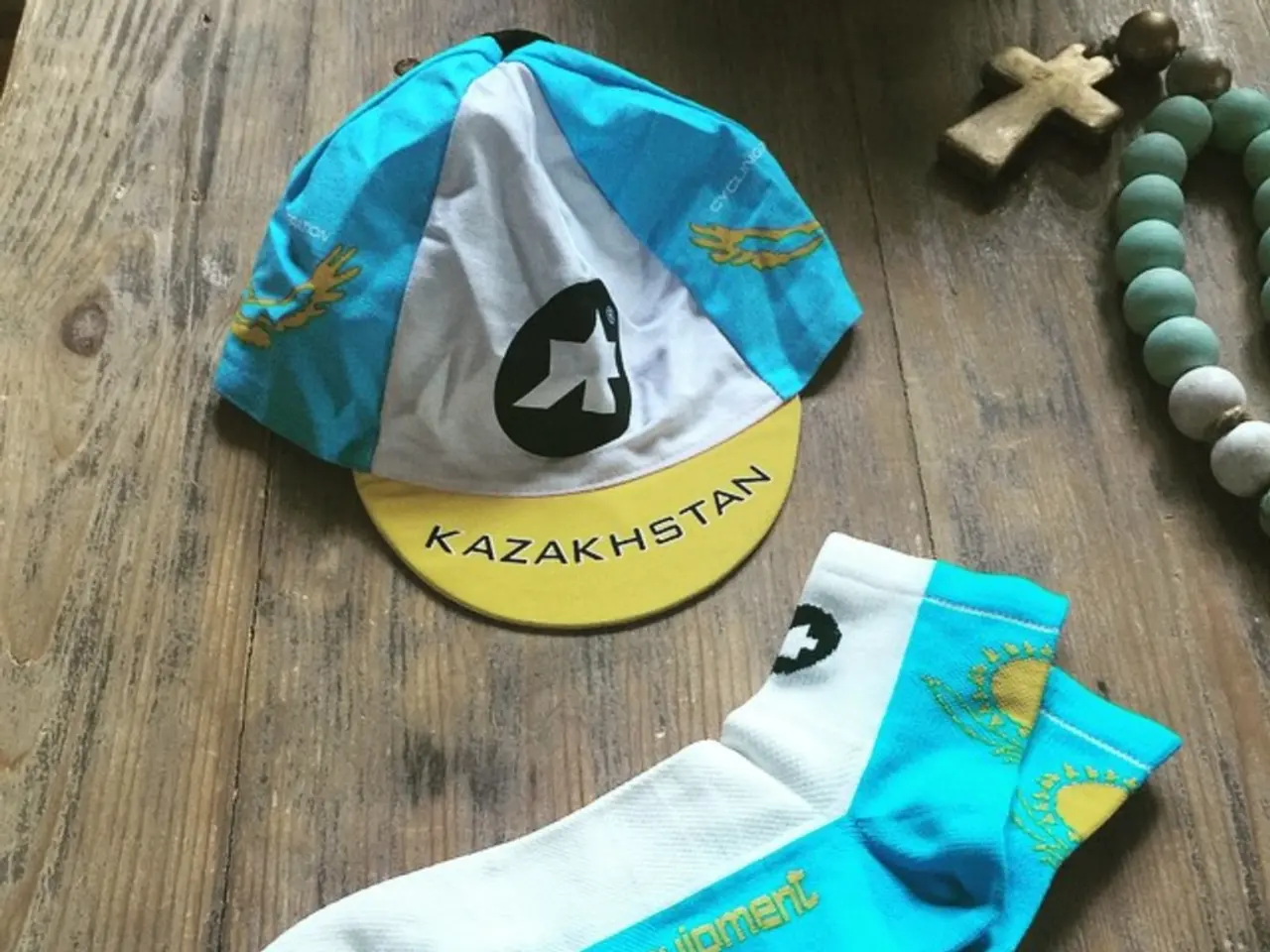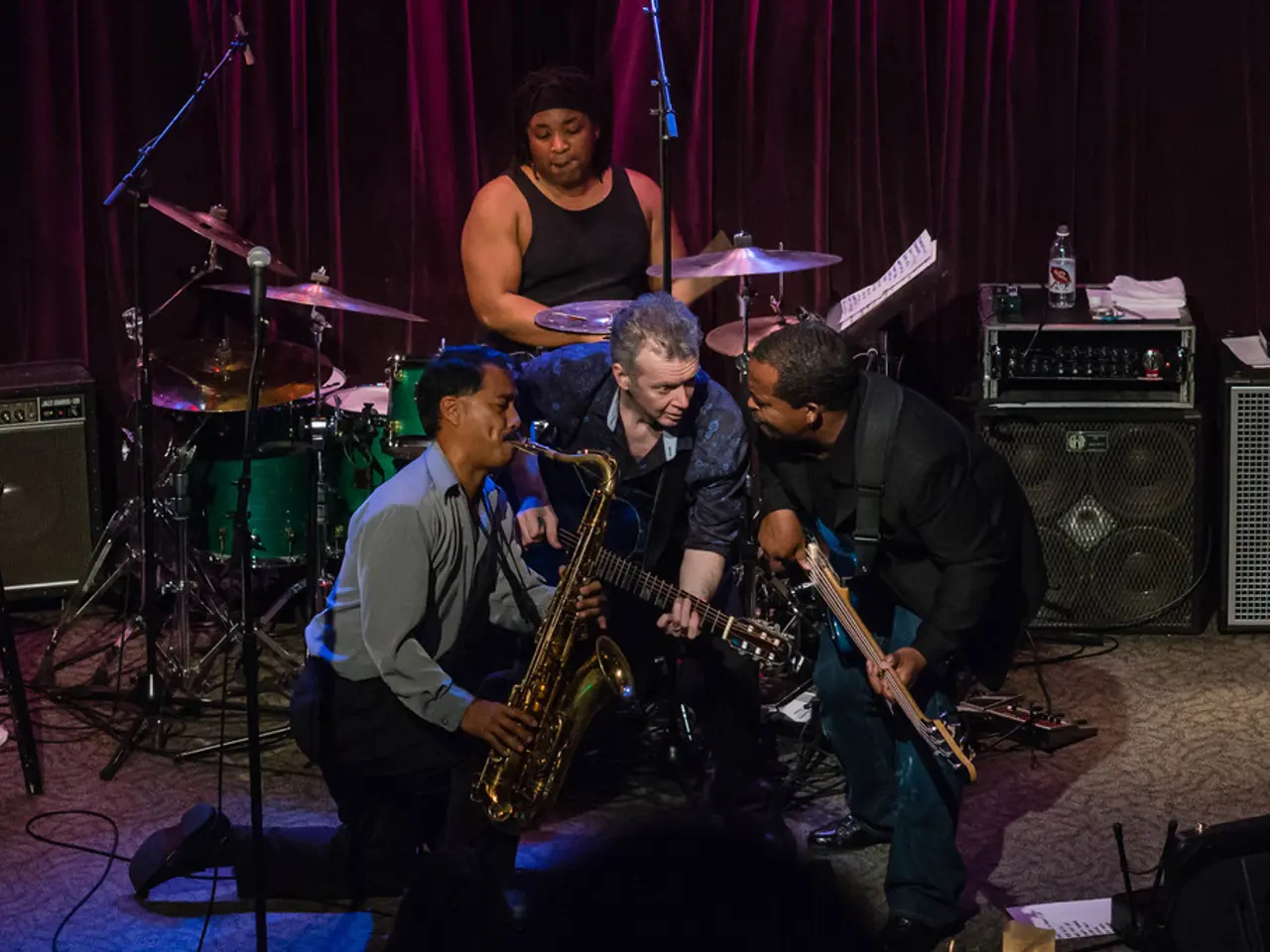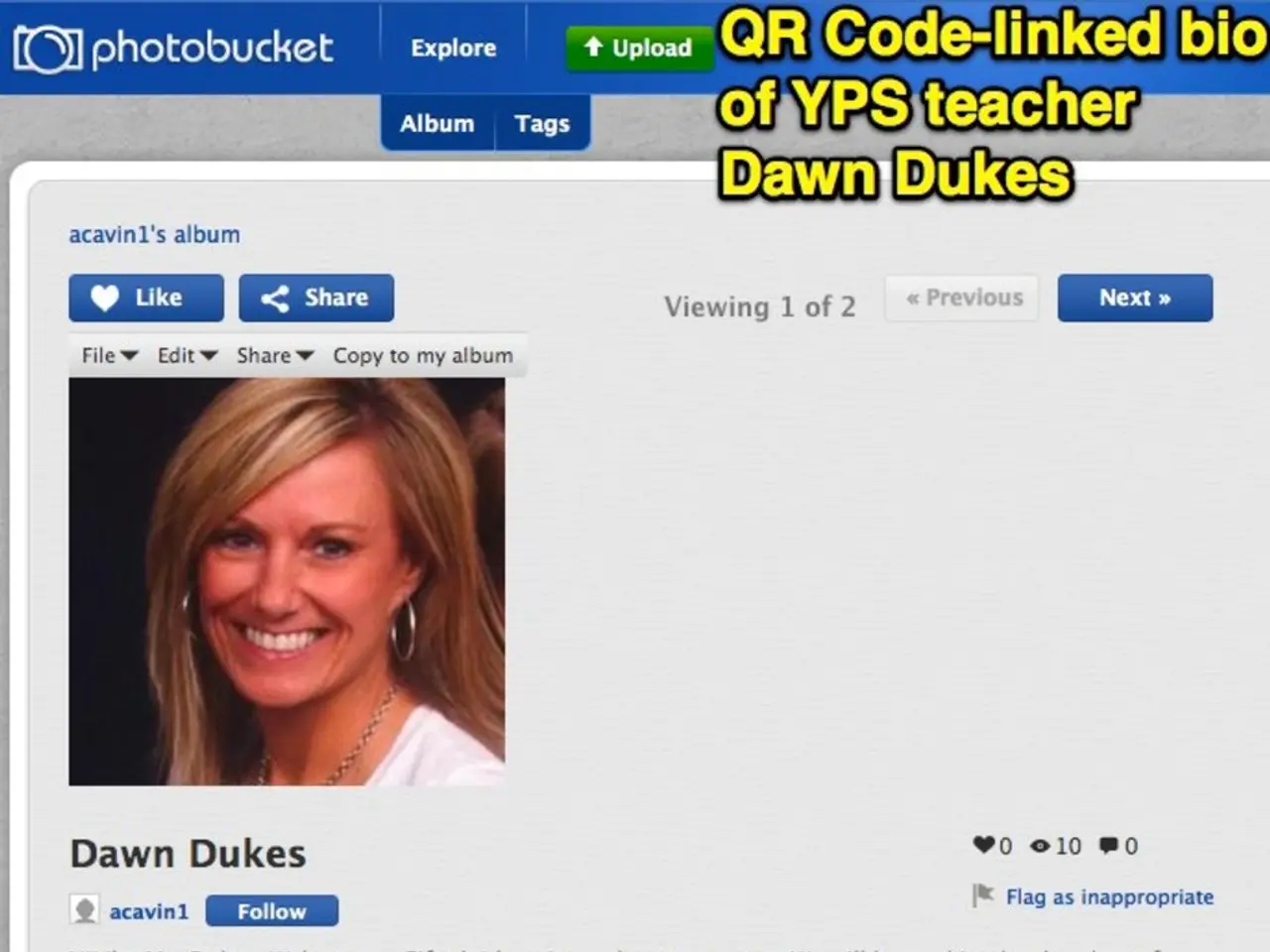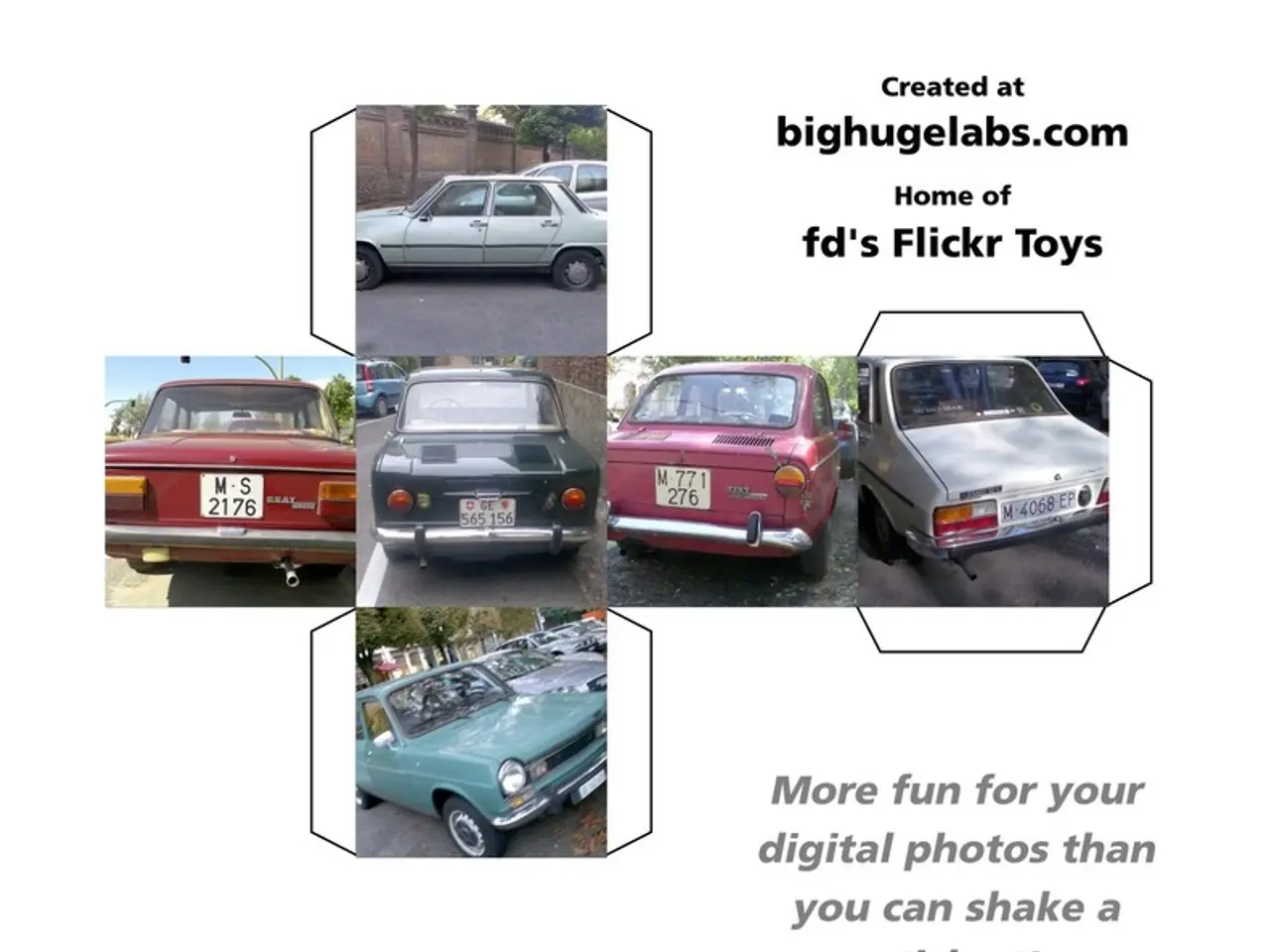Comparing Astrophotography Performance: Canon, Nikon, and Sony - Which Outperforms?
In the world of astrophotography, three brands have risen to the forefront, each offering exceptional cameras for capturing the beauty of the night sky. These brands are Canon, Nikon, and Sony.
Canon's Offerings
The Canon EOS 6D, a popular choice among astrophotographers, is still in use but is getting old and can only be purchased second-hand. However, the Canon EOS R5 Mark II and the Canon EOS R6 Mark II, along with the 5D Mark IV, have emerged as the leading choices for Canon users. The R5 Mark II, in particular, is praised for its professional-level high resolution and image quality, making it an ideal choice for serious astrophotographers. The R6 Mark II provides a more budget-friendly alternative, with strong high ISO performance. The 5D Mark IV, while not the newest model, is still a reliable option, performing well in low-light conditions, albeit with some noise at higher ISO settings.
Nikon's Leading Models
Nikon's top astrophotography camera is the Z8, which boasts a high-resolution stacked sensor and specialized astro features like night vision mode and starlight view autofocus down to -9EV, making it the best overall choice for astrophotography in 2025. The Nikon D750 and D850 are also top performers, accounting for nearly 40% of images taken with Nikon models in astrophotography competitions.
Sony's Dominance
Sony's full-frame mirrorless cameras in the Alpha range have been making waves in astrophotography, with the A7 IV standing out as the premier model. It offers exceptional high ISO handling and reliable autofocus, making it a versatile choice for astrophotography and other photography genres. The A7R III and A7 III are also highly successful, accounting for 45% of all images taken with Sony cameras in astrophotography competitions.
The Importance of a Full-Frame Sensor
Regardless of the brand or type (DSLR or mirrorless), the most important factor for astrophotography is a full-frame sensor. This allows for better image quality, lower noise, and more dynamic range, making it easier to capture the stunning details of the night sky.
In summary, for Nikon, the Z8 is the top astrophotography model. For Canon, the EOS R5 Mark II and R6 Mark II are leading choices, with the 5D Mark IV also notable. For Sony, the A7 IV is the premier model for astrophotography in 2025. These recommendations are based on expert reviews and the performance of these cameras in astrophotography competitions. While other brands may offer competitive models, Canon, Nikon, and Sony have proven to be the dominant players in the field of astrophotography.
- Astrophotographers have been actively using the Canon EOS R5 Mark II, R6 Mark II, and 5D Mark IV for capturing breathtaking images of the night sky, with the R5 Mark II being highly appreciated for its professional-level high resolution and image quality.
- Sony's Alpha range, particularly the A7 IV, is making significant strides in astrophotography due to its exceptional high ISO handling and reliable autofocus, making it a versatile choice for both astrophotography and other photography genres.
- When it comes to Nikon, the Z8 is the standout model, boasting a high-resolution stacked sensor and specialized astro features, making it the best overall choice for astrophotography in 2025.




